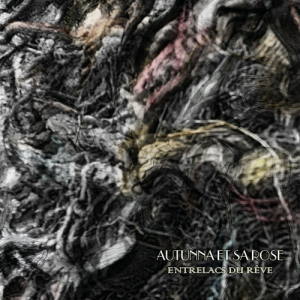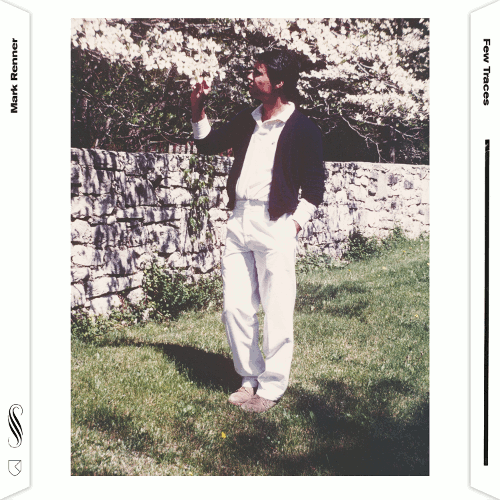 Autunna Et Sa Rose is a multimedia project that has been running for the best part of twenty years and is the brainchild of Saverio Tesolato. His desire to weave together various strands of art into a cohesive whole has taken him in many directions over the years, and now finds him attempting to translate two specific dreams into a web of musical poetry that sits with the abstract images of the cover art.
Autunna Et Sa Rose is a multimedia project that has been running for the best part of twenty years and is the brainchild of Saverio Tesolato. His desire to weave together various strands of art into a cohesive whole has taken him in many directions over the years, and now finds him attempting to translate two specific dreams into a web of musical poetry that sits with the abstract images of the cover art.
The cello, as we know, is a mournful instrument and in the first section is the steadying factor for the piece. The piano is more hysterical and unsettling, stabbing notes here and runs from end to end as the cello plots its gentle course, the conversation between the two instruments at times fierce and at times descending and ascending in unison; it is difficult to tell whether this was a good or bad dream. The cello continues for the second section, but martial drums join in and select a wavy, almost abstract, rhythm. The mezzo echoes the cello but is sprayed with dirty, shimmering electronics bubbling in the background and attempting to subvert the purity of the voice, which is gorgeous.
The third section has reminisces of some of Gastr Del Sol‘s piano experiments, the sparse watery sound with its gentle swell is pitted against an angry, roiling sea, the notes at times exploding into life. The sustain is long and the silence dramatic when it arrives. The electronics sit low in the mix, appearing like drops in a hidden cave, and when the piano notes crash harshly, it is quite a shock and breaks the reverie. The final section finds the two voices alone, leading one another through a gentle dance, swaying and swooping with perfect unity and is sadly rather short but a fitting end.
This is quite an experience and a real labour of love; but we are only half way through. This is the first dream and the second follows in the same vein, divided into four sections.
There is perhaps more darkness to this dream. At the start, the cello is messier and the piano stark and shocking; later the electronics of the second section scurry like rats through floorboards, random scufflings and there is even electronic feedback doing its best to upset the natural tones of the voice. The third section finds the discord dying down and there is a minimal, sparse passage with ethereal effects nagging in the shadows, but unwilling to show themselves. There are acres of space here and you imagine the piano when played to be in the corner of an abandoned room somewhere. Life seems to be gently ebbing from the scene until Visentin and Secchi’s voices finally return, but here they are not in unison. They seem to have their backs turned to one another, and the arrival of a throat singer at the very end lends a sour edge to the finale.It took a few listens for this to sink in for me, but with the explanatory notes, it begins to make sense. The majesty and sheer quality of the musicianship shines through. If you are looking for something beyond the usual realms of music, then this is well worth investigating.
-Mr Olivetti-


